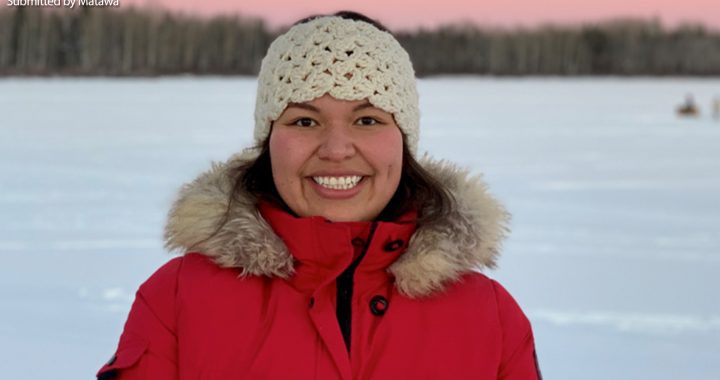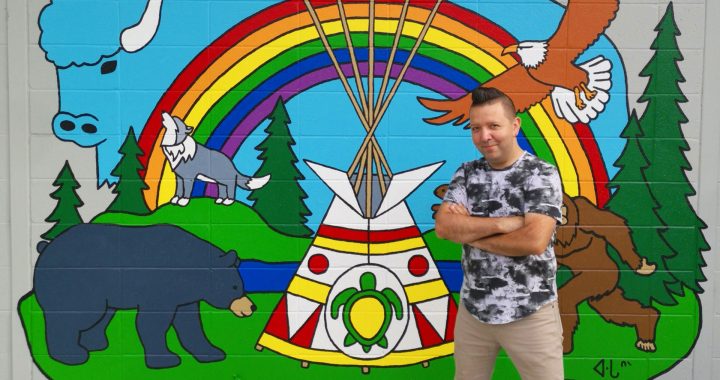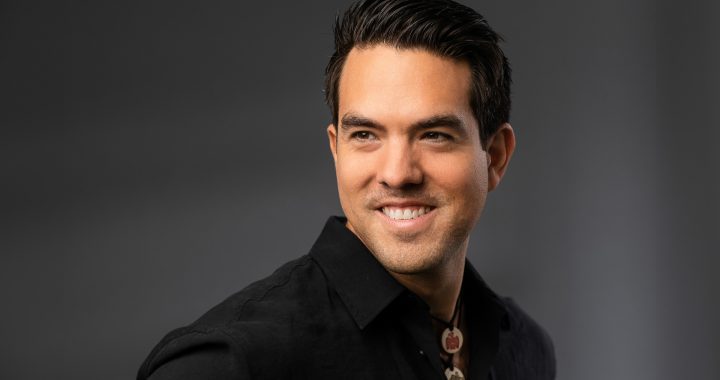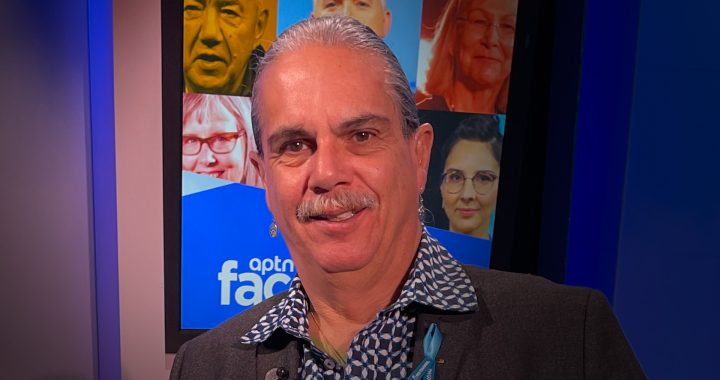APTN National News
Who are the Metis?
I have Elders who tell me I’m Cree with a dash of cream in my Labrador tea. I also have Elders who say I’m Metis even if I have an Indian Status card. Both see me as part of their nation. However, others of both nations do not consider me a part of who they are. I’ve been approached in the nearby mall’s food court and told the only reason I have my job is because I have long hair.
One side of my family had been a part of the fur trade in Manitoba for generations. Some trapped, guided boats down streams and rivers, and lived off the land. Some carried goods from the top of the falls to the bottom and back over and over again for years. Others moved from allied camp to allied camp looking for ways to make a living. There were those that sat on the side the money-makers, their men, who traded the goods from Europe for the land`s resources, at that time fur, and learned the many trails over these lands. Names are intertwined here.
Wherever nations have rubbed against each other there have those of mixed blood. But mixed-blood people, no matter their numbers, do not automatically mean a new nation. Some say a nation can only be defined by a common language, history and land base. The language of the Metis is Michif. But the other two factors are often a matter of opinion. Does that common history only include those families involved in the Riel Rebellion? Or does the experience of not fitting into either the First Nation or European paradigms qualify? Does the land base just include those known as the Metis Land Grants? Or does it include all river lands that interacted with Hudson Bay? Or even further?
One man who knows exactly how he defines the Metis Nation is David Chartrand. On this Face to Face, he gives us his definition and shares some of his experiences as President of the Manitoba Metis Federation.










